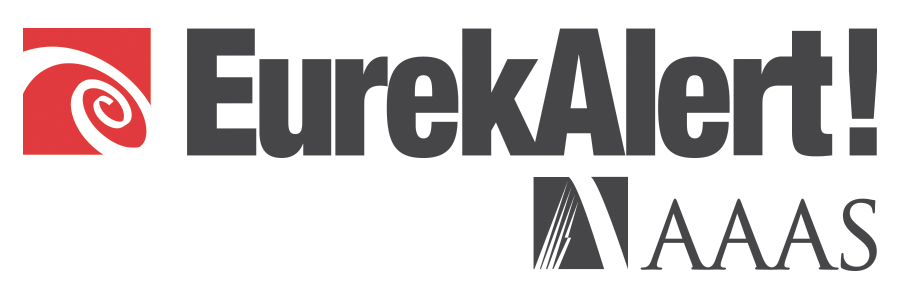
HONOLULU, Feb. 6, 2019 — Lowering blood pressure in the ambulance with a nitroglycerin patch for suspected stroke didn’t lessen post-stroke disability, according to late breaking science presented at the American Stroke Association’s International Stroke Conference 2019, a world premier meeting for researchers and clinicians dedicated to the science and treatment of cerebrovascular disease.
Two previous small trials suggested that transdermal (skin patch) delivery of nitroglycerin (also called glyceryl trinitrate), a nitric oxide donor that lowers blood pressure, might improve functional outcome and reduce death if given very soon after clot-caused stroke (ischemic stroke) or bleeding in the brain (intracerebral hemorrhage).
In a multicenter prospective randomized single-masked, blinded-endpoint trial called Rapid Intervention with Glyceryl trinitrate in Hypertensive stroke Trial-2 (RIGHT-2), United Kingdom researchers investigated whether it is safe and effective for paramedics to administer nitroglycerin.
The study included 1,149 patients (average age 73, 52 percent male) with presumed stroke and systolic blood pressure above 120 mm Hg. They were randomized to receive either a nitroglycerin patch or a sham patch within four hours of symptom onset. More than half (57percent) had been diagnosed with high blood pressure, 24 percent had a previous stroke, while 20 percent had diabetes or atrial fibrillation. The primary outcome was a shift in disability measured at three months.
“However, nitroglycerin did not improve overall outcome,” said Philip Bath, D.Sc., Stroke Association Professor of Stroke Medicine at University of Nottingham, Nottingham, United Kingdom. “In patients with a brain bleed, the patch appeared to worsen outcomes. So, treatment with nitroglycerin cannot be recommended very early after stroke.”
The study was funded by the British Heart Foundation.
Note: Scientific presentation is 11:35 a.m. Hawaii Time/4:35 p.m. Eastern Time, Wednesday, Feb. 6, 2019.
###
Additional Resources:
VIDEO: Miguel Perez-Pinzon, Ph.D., FAHA, Chair, International Stroke Conference 2019 Program Committee, offers overviews and perspective on late breaking science via downloadable Skype video (transcript provided) available on the right column of the release link https:/
For more news from AHA International Stroke Conference 2019, follow us on Twitter @HeartNews #ISC19.
Statements and conclusions of study authors that are presented at American Heart Association scientific meetings are solely those of the study authors and do not necessarily reflect association policy or position. The association makes no representation or warranty as to their accuracy or reliability. The association receives funding primarily from individuals; foundations and corporations (including pharmaceutical, device manufacturers and other companies) also make donations and fund specific association programs and events. The association has strict policies to prevent these relationships from influencing the science content. Revenues from pharmaceutical and device corporations are available at https:/
About the American Stroke Association
The American Stroke Association is devoted to saving people from stroke — the No. 2 cause of death in the world and a leading cause of serious disability. We team with millions of volunteers to fund innovative research, fight for stronger public health policies and provide lifesaving tools and information to prevent and treat stroke. The Dallas-based association officially launched in 1998 as a division of the American Heart Association. To learn more or to get involved, call 1-888-4STROKE or visit StrokeAssociation.org. Follow us on Facebook and Twitter.
Disclaimer: AAAS and EurekAlert! are not responsible for the accuracy of news releases posted to EurekAlert! by contributing institutions or for the use of any information through the EurekAlert system.

